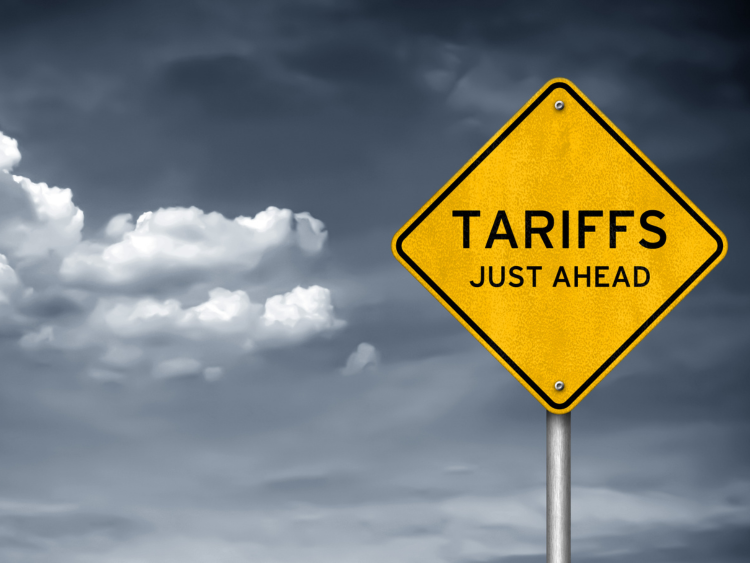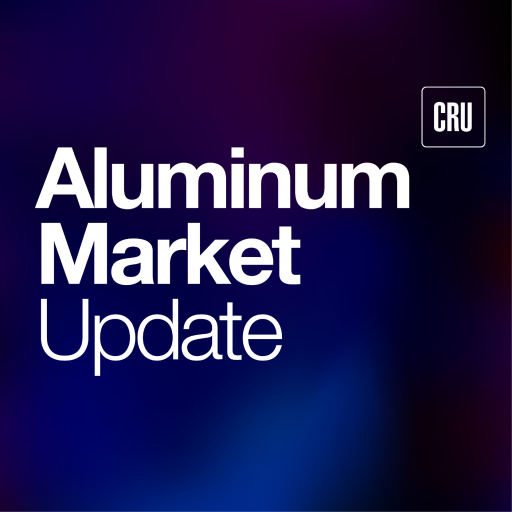Building & Construction

August 25, 2025
Section 232 derivative guide, Part 2: Transformers, wire and cable
Written by Nicholas Bell
More electric industry line items are included in the sweeping 50% Section 232 aluminum tariffs, which go into effect Aug. 18. These mostly round out the remainder of tariffs already imposed on electrical products, many of which use aluminum for its light weight in addition to its electrical conductivity.
Transformers/generator sets
Under the HTS 8504 series, various transformers fall under the purview of these national security-based tariffs. These products include certain windings and enclosures that use aluminum.
Several investments are underway in this area. South Korean-based Hyundai completed a facility expansion just before the Covid-19 pandemic, and Hyosung’s recently built transformer plant is undergoing further expansion. A joint venture between Mexico-based private equity and General Electric, Prolec GE, has announced plans for a facility in North Carolina, positioning it to have the bulk of its operations in the U.S. Switzerland-based Hitachi Energy is expanding its Tennessee production site, while German-based Siemens Energy is preparing to begin transformer production in North Carolina.
On the domestic side, a handful of U.S. companies have made notable moves as well. Maddox Transformers plans to opened an Ohio facility. Eaton is expanding production in Texas. Pennsylvania Transformer Technology, despite its namesake, is adding capacity in North Carolina. Meanwhile, Cleveland-Cliffs announced – but later scrapped – plans for an Ohio transformer plant earlier this year.
Wire/Cable
Electrical wire and cable (HTS 8544 series), especially higher-voltage aluminum conductor cables used in power distribution, and electrical generator sets and rotary converters (HTS 8502 series) used in power conversion for industrial purposes are major niche applications with implications for the aluminum industry.
Alongside the inclusion of aluminum-conductor steel-reinforced stranded wire, cables, and plaited bands (HTS code 7614.10.0000), high-capacity or specialty transformers as well as aluminum windings still rely on imports.
U.S. distributors warn domestic cable production already struggles to keep up with booming demand for medium-voltage wires. Market participants noted lead times for U.S.-produced medium-voltage wires exceeds five-to-six months.
CRU data estimates winding wire consumption in 2024 neared 200,000 metric tons of conductor, over 90% of which was produced domestically. The shortfall in wire and cable production tends to be concentrated in the low-voltage energy cable sector, which tends to be fairly copper intensive, rather than aluminum intensive.
Nevertheless, placing tariffs on electrical wire/cable products, transformers, rotary/static converters, and inductors is these items are arguably the most directly tied to legitimate national security concerns – namely, the reliability of the U.S. power grid. The national power grid is under mounting strain from the surge in demand created by data warehouses and the infrastructure needed to support artificial intelligence, which itself has been a key driver sustaining non-residential commercial and industrial real estate spending in an otherwise unsettled construction environment.
While the intellectual property side of AI can be framed as a national security issue, the physical conduits that enable those technologies are largely data agnostic. Critics argue that applying tariffs to these products could actually work against national security objectives by delaying critical grid projects and further stressing an already challenged electrical infrastructure.







